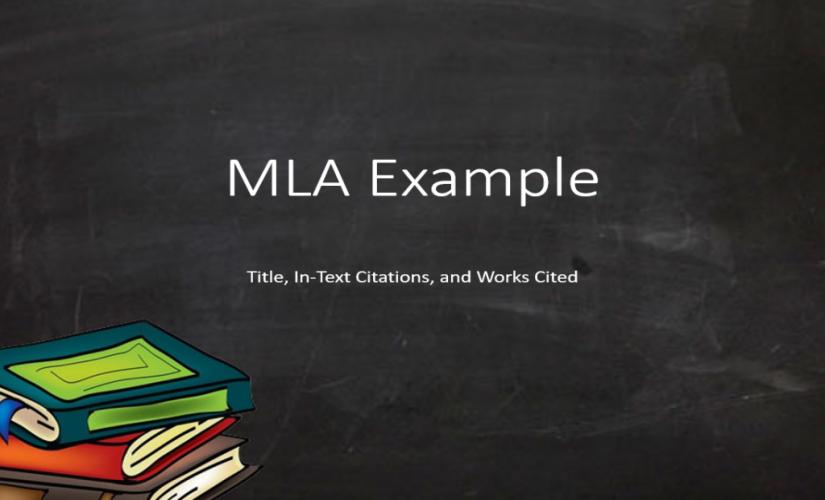Modern Language Association (MLA) provides guidelines to format academic papers. Basically, essays formatted by following the rules of the MLA example do not require a title page. In this case, scholars begin to write the content on the first page. Also, the MLA style requires writers to acknowledge information obtained from scholarly sources by using accurate in-text citations. Hence, the MLA example should not have a title page, must have author-page or -paragraph in-text citations and Works Cited page.
The Features of the Title Page
The MLA example should not have a title page. Basically, a writer should provide identification details and the heading of the title on the page. In this case, the identification details include the name of the writer and teacher with the course and date. For instance, one should place the identification details at the upper left end of the first page. Then, the first part for a scholarly paper in the MLA format template should have an MLA title page. Along these lines, the person must place the heading immediately below the identification details. Besides, the entry should be centered and in title case. In turn, the content of a paper in the MLA paper format should start below the heading. However, people should not leave a space between the heading and the content. Therefore, the MLA style paper should have identification details, title, and content on the first page.

MLA Example with Author-Page or -Paragraph In-Text Citations
The MLA citation emphasizes on author-page or -paragraph text citations. For instance, one must acknowledge the quoted information by using in-text citations. Along these lines, in-text citations of printed sources should have the name of the author and page number, covering the rules of the MLA example. Besides, people should provide a paragraph number for sources like websites. In this case, they should place in-text citations within brackets when citing a website MLA. Hence, a parenthetical text citation should appear at the end of quoted information. Also, space should separate the author’s name and page or paragraph number. Thus, scholars should use the rules of the MLA in-text citation, depending on the source.
Works Cited
The MLA example has the MLA Works Cited that contains full bibliographic details of all cited sources. For instance, the MLA format Works Cited should begin on a new page. In this case, the heading “Works Cited” should appear at the top of the page. Besides, it should be centered and in title case. Then, the MLA format Works Cited page should list all sources used for in-text citations arranged in alphabetical or chronological order. Hence, one should arrange the references in alphabetical order according to the author’s surname. Besides, the person should arrange sources with a single author chronologically according to the year of publication.
Other Features
The Works Cited page MLA format should contain full bibliographic details of the source. Along these lines, one must include the name, title, and year of publication of a source in the MLA example. Moreover, the writer should include volume and issues numbers, Internet links, Digital Object Identifier, and range of pages where applicable. Thus, the MLA format paper should have full bibliographic details.
Conclusion on the MLA Example
In conclusion, any MLA example must follow specific rules to enhance quality. Basically, all academic papers formatted in the MLA writing format should not have a title page. Then, writers should use appropriate parenthetical citations. In turn, the Works Cited page should have full bibliographic details of the sources mentioned. As a rule, people should arrange the references in alphabetical or chronological order.

